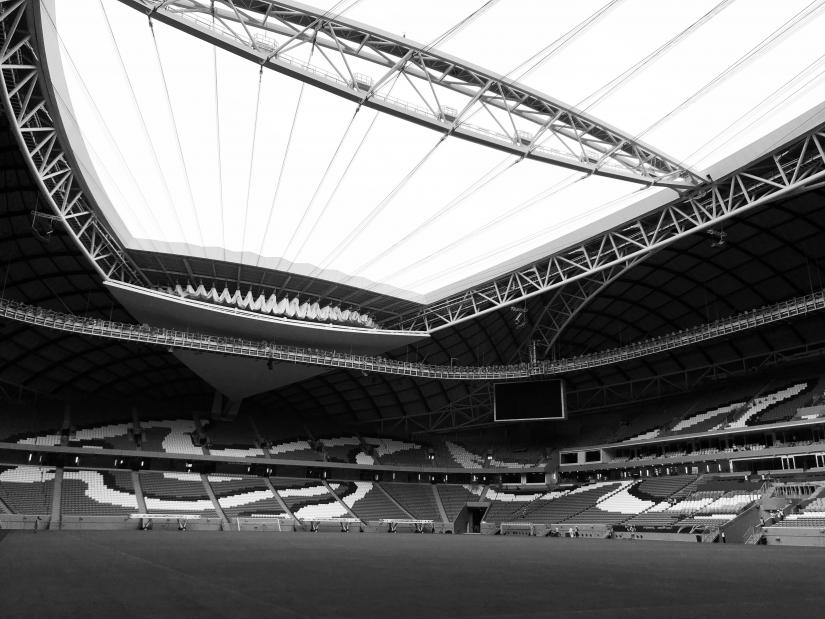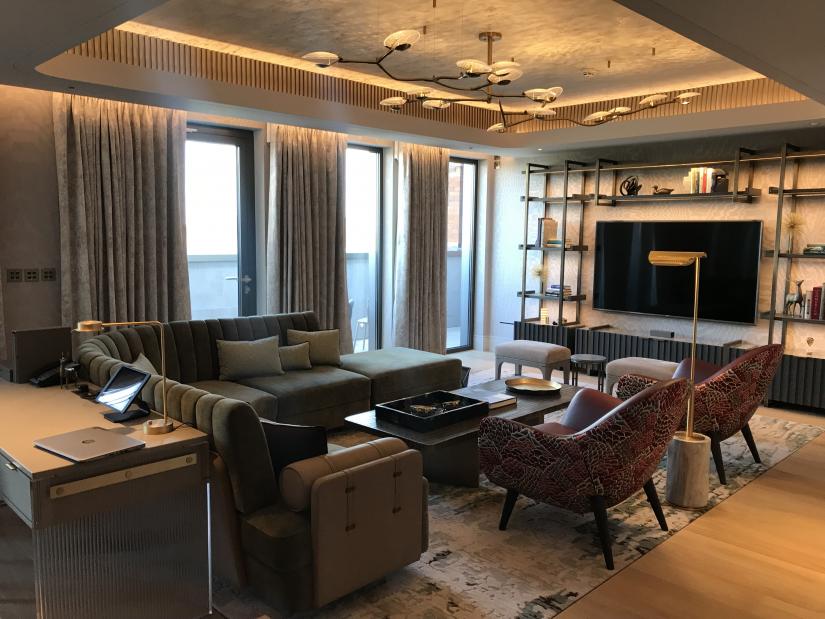Designing the future of the built environment
Sylvie Milosevic was only supposed to be in Australia for the summer.
“Initially, I came to Australia during my summer break to gain work experience in an architectural firm,” says the then-undergraduate architecture student, who secured a building design role at Design Effect Architects in Parramatta.
But her plans took a turn when a colleague took her on a tour of the UTS campus. A few months later, after completing her degree in Paris, Milosevic was enrolled in the Master of Digital Architecture – and the rest, as they say, is history.
Today, Milosevic is the founder of SMD+, a built environment design consultancy based in London. Since graduating from UTS in 2008, she’s had an incredibly varied career that’s taken her from architecture to property development to engineering and back again. Much of her career has been based on her highly technical skillset, which includes the high-level skills parametric modelling, and digital technologies she gained at UTS.
I really believe that the program has one of the most innovative, ambitious and challenging curricula in the field of architecture.
Her talent for built environment design was apparent early on. In her final year at UTS, Milosevic’s year group was invited to exhibit their work at the Abundant Australian Pavilion, part of the 11th International Venice Biennale. Her final-year project, which she presented at the 2007 Smart Geometry Conference in Sydney, also caught the attention of leading architectural practice Bates Smart and led to a job as a parametric design specialist in their Melbourne-based R&D team.
After Bates Smart, where she worked on the $1 billion Royal Children’s Hospital re-development, Milosevic returned to Europe to complete a Master of Science in Emergent Technology and Design degree at the Architectural Association School of Architecture in London. She then went on to work in world-leading architectural, engineering and property development companies, including AECOM, Arup, Aedas, Benoy and the Berkeley Group.
“I differentiated myself very quickly from other colleagues due to my skillset in developing complex architectural solutions in design,” she says.
“Even in the early days of my career, I was working on really complex schemes in design and architecture where a conventional approach wouldn’t work, so I had to work with a lot of parametric tools to address different aspects of design complexity.”
Over 15 years, she built a vast skillset across multiple built environment disciplines, including architecture, engineering, consultancy, project management and property development, and worked on internationally acclaimed projects including the Al Bahr Twin Towers in Abu Dhabi; the Battersea Power Station Phase 3, designed by architect Frank Gehry; the Al Wakrah Qatar World Cup Stadium, designed by Zaha Hadid; and the Riyadh Metro.

Milosevic has worked on internationally acclaimed projects including the Al Wakrah Qatar World Cup Stadium, designed by Zaha Hadid. Photo: Gazanfarulla Khan
In 2016, she consolidated her expertise and founded SMD+. Here, she and her team deliver technical advice, design peer review, technical review, feasibility reporting and project management for a range of built environment projects, as well as expertise in a range of emergent technologies like parametric modelling, biomimicry design and façade envelopment.
In partnership with property development companies and architectural firms, Milosevic has delivered nearly 60 projects in her first three years of operation at SMD+. Among them is the £60 million refurbishment of the Mandarin Oriental Hotel in London, led by VINCI Construction, and multiple major international sports and entertainment projects globally in collaboration with the Egis Group in Paris.
She has also established partnerships with award-winning Hong Kong interior design company Another Design International, and with financial advisory firm BDO, which provides specialist tax advice for built environment projects.

Among the nearly 60 projects delivered by SMD+ is £60 million refurbishment of the Mandarin Oriental Hotel in London. Photo: Sylvie Milosevic.
“We work from inception of project all the way to completion, so all stages – concept stage, detail design, tender, procurement and package up to construction and handover of the project,” she says.
These projects might be worlds away from Sydney, but Milosevic says there’s a direct connection between the quality of work she produces now and her time as a UTS master’s student. While she didn’t come to Australia expecting to enrol in a degree, she says the course offering pretty quickly convinced her that UTS would be a great step forward.
The highly applied nature of the course content meant that students developed skills that were immediately relevant to practice. They worked on projects to design everything from skyscrapers to bus stations to master plans, using different technologies to bring their concepts to life.
“In practice, it’s exactly the same. Obviously, we have more parameters when we work on major projects, but the fact that I already went through that with the course, it really helped me,” she says.
“I really believe that the program has one of the most innovative, ambitious and challenging curricula in the field of architecture.”
